9. Personality (Ch 11)
9.1 Assessment Techniques
Self-report inventories (Ex: MMPI-2)
- 587 questions
reliable and valid
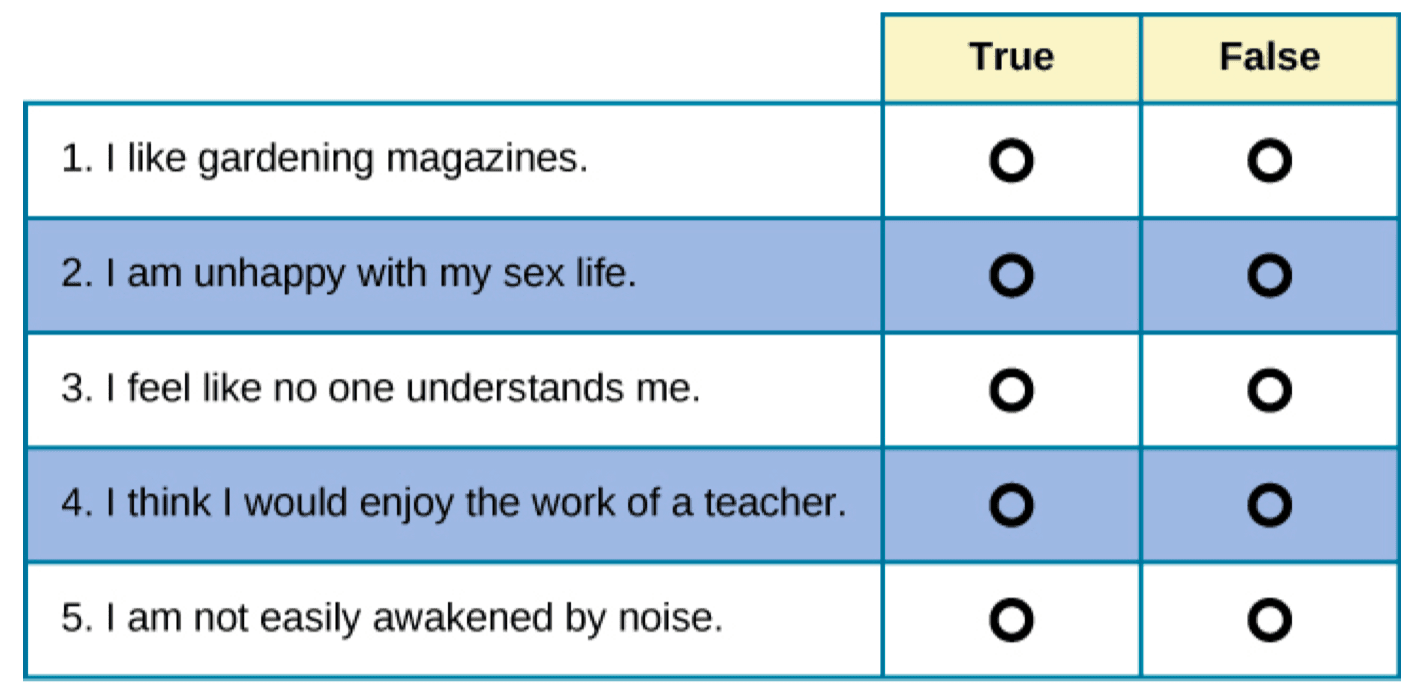
lie scale: “faking good”

Projective tests
- projection to assess unconscious
Rorschach Inkblot Test
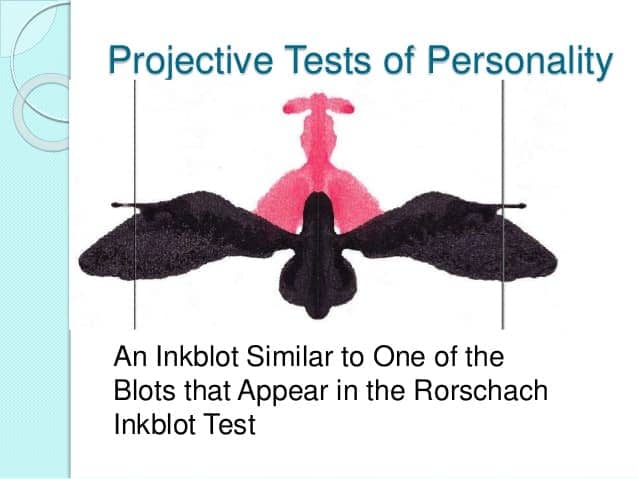
Thematic apperception test (TAT)
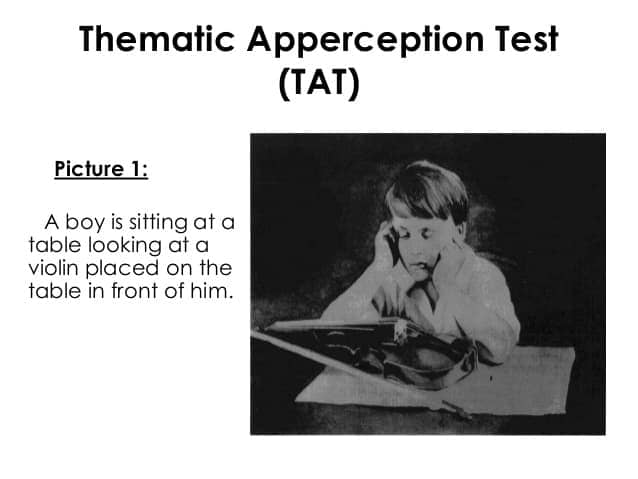
9.2 Growth and Adjustment
- Personality growth
- proactive
- conscious process
- self-development
- Personality adjustment
- reactive
- coping with challenges of life
- cultural components
9.3 Personality Theories and Approaches
Psychoanalytic approach: Sigmund Freud
- Motives behind behavior: sex and aggression
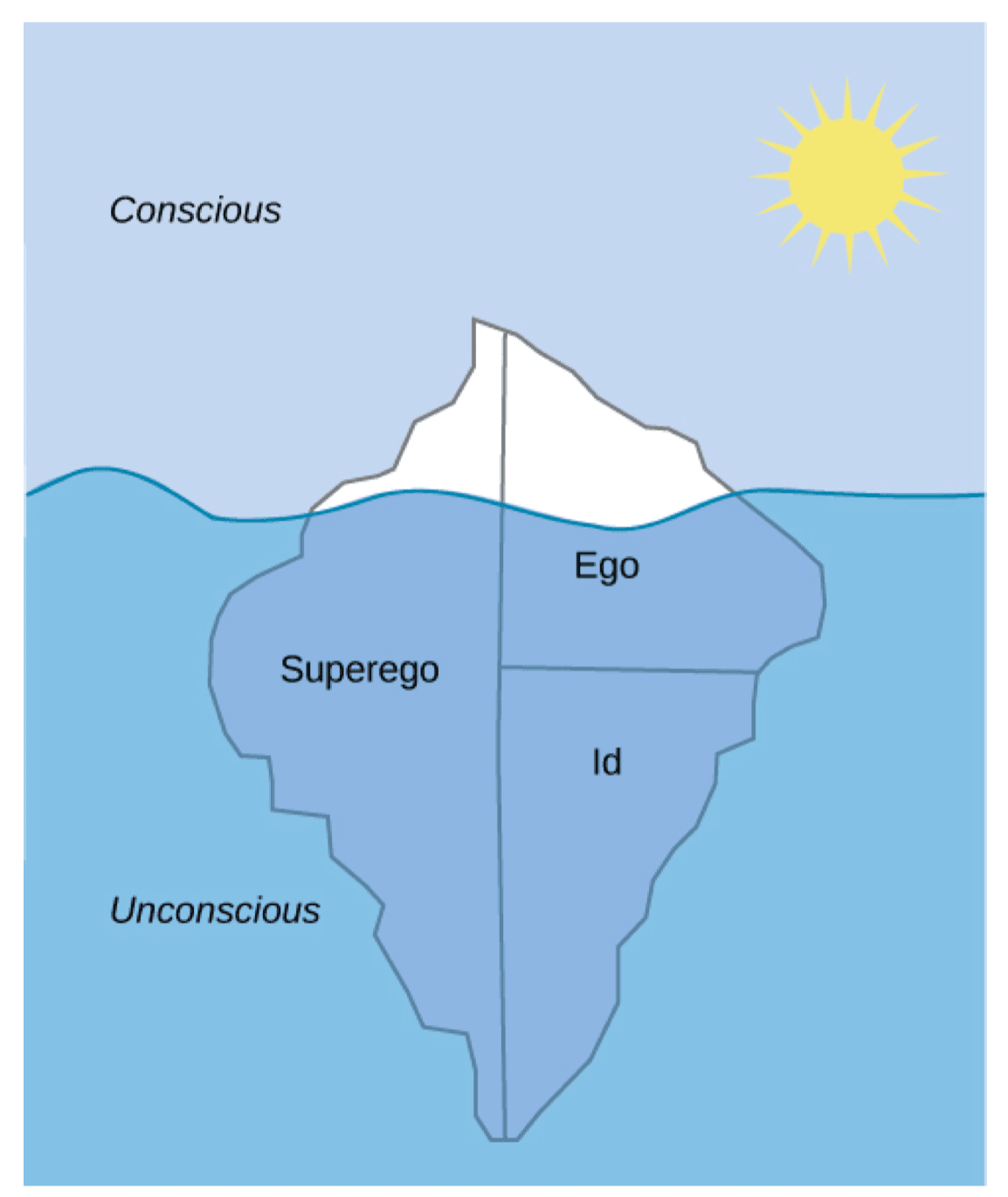
- Id
- biological
- pleasure principle
- "I want it, and I want it now"
- Ego
- realistic
- reality principle
- "You cann't always get what you want"
- Superego
- social
- morality principle
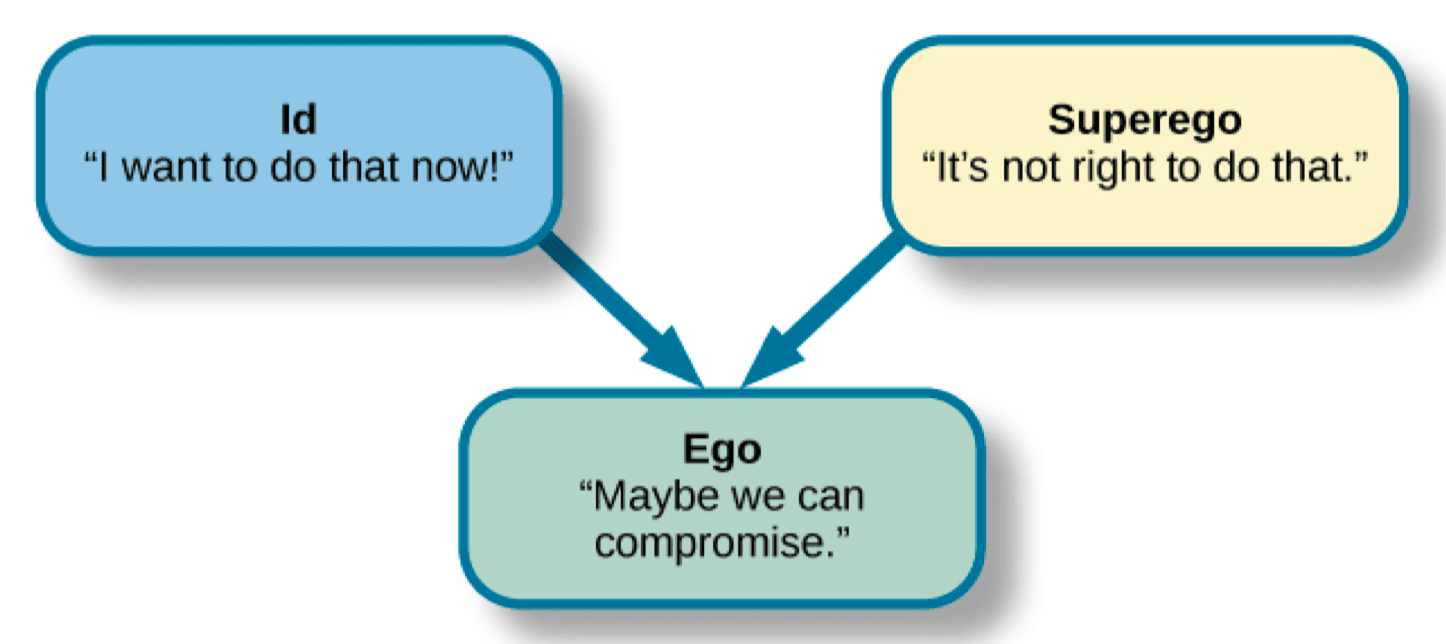
Anxiety
- conflict over how to behave
- defense mechanisms
- "I don't believe it, it can't be, it can't be true."
- "No, I don't believe it."
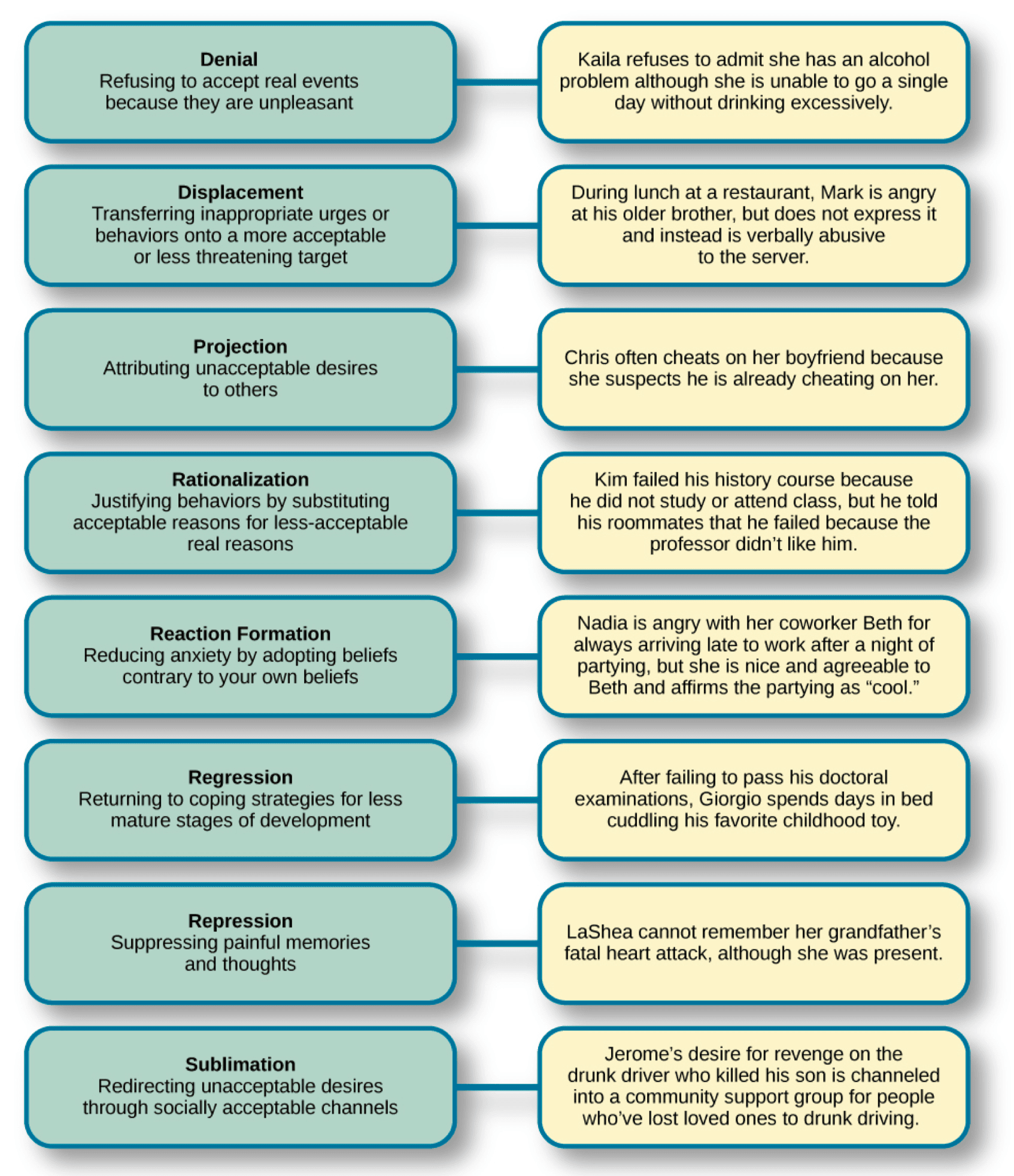
- Psychosexual stages
- anal, oral, phallic, latent and genital
- Electra and Oedipal complex
- castration anxiety and penis envy
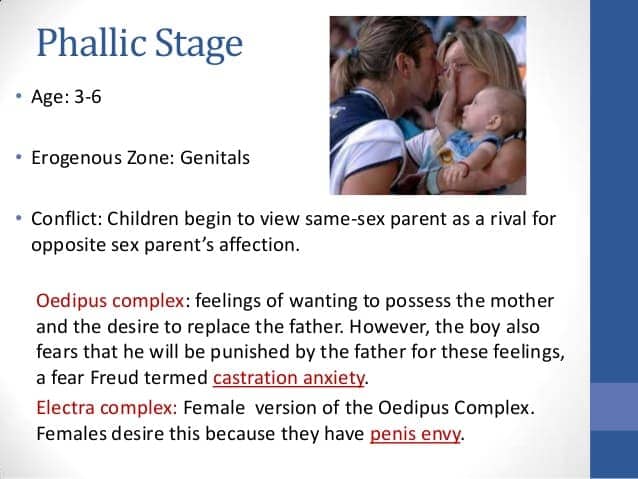
Humanistic approach: Carl Rogers
- Person-centered theory
Strive for Congruence:
- Self concept: what we think we’re like
- True self: talents, desires, thoughts and feelings we have
- Ideal self: would like to be
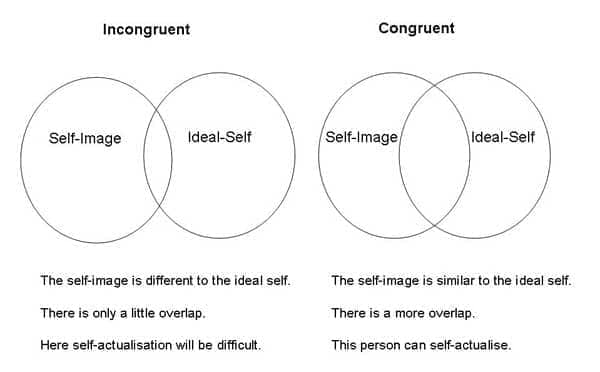
Conditions of worth
- imposed by parents
- “must”, “should”
Unconditional positive regard
- Empathic
- Accepting and genuine
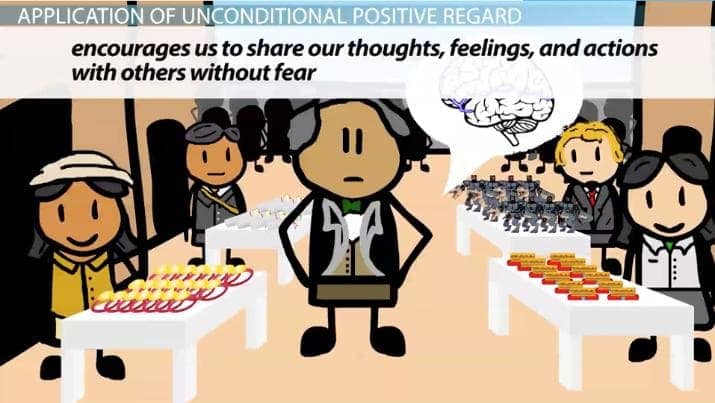
Social-cognitive approach
- How people think about themselves and relate to the world around them
Reciprocal determinism
- how people think, behave and interact with their environment determines consistency of behavior
- Cognitive dissonance
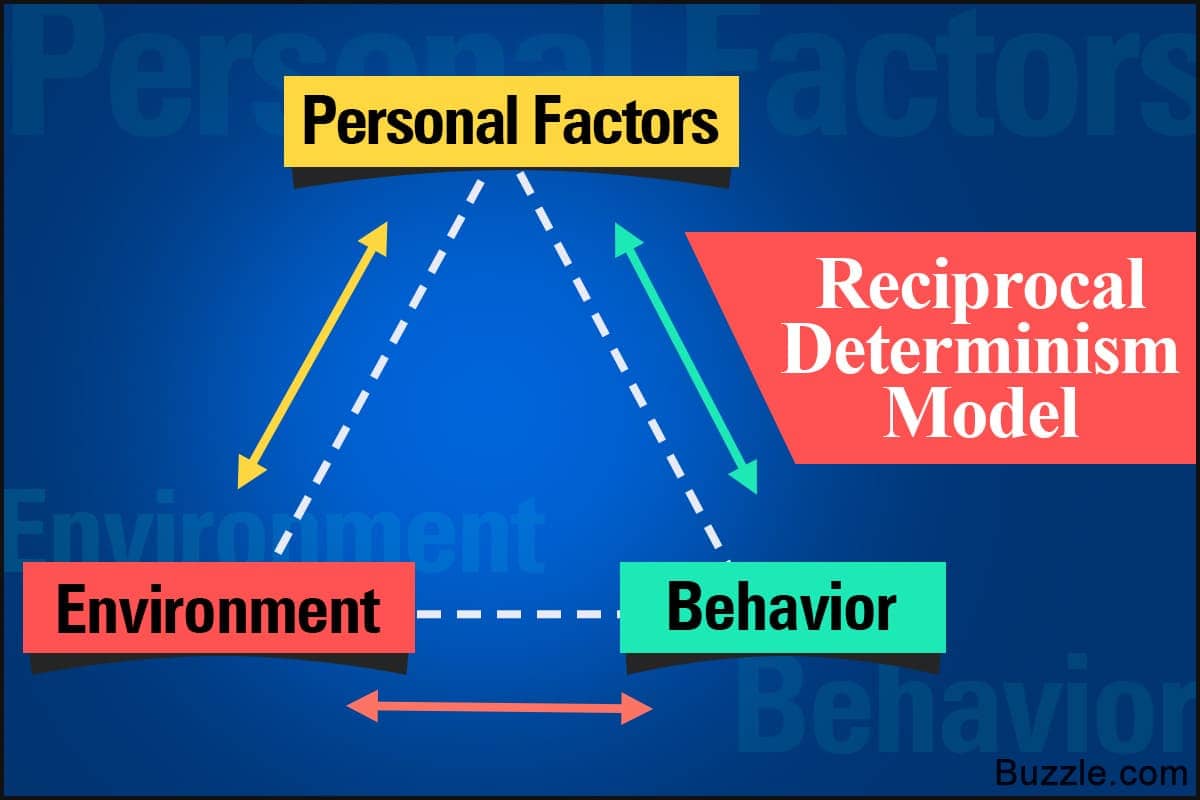
Trait / Individual-difference approach
- Measuring ways people differ
Self-report questionnaires
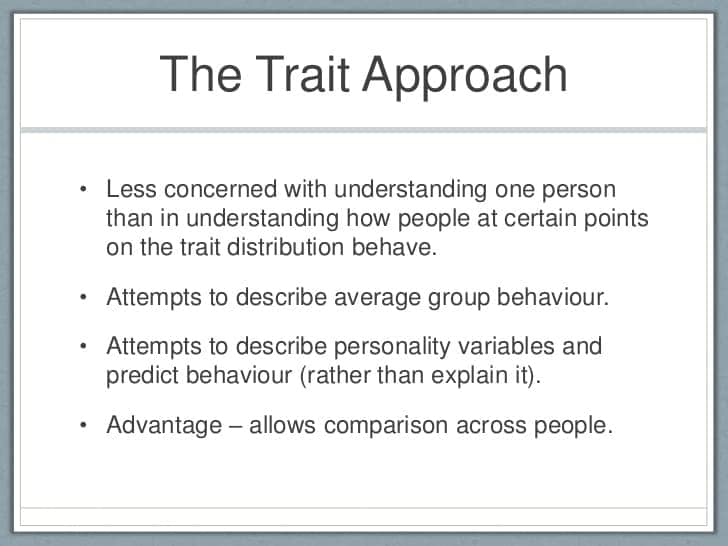
The Big Five (Five Factor Model)
- factor analysis
- OCEAN
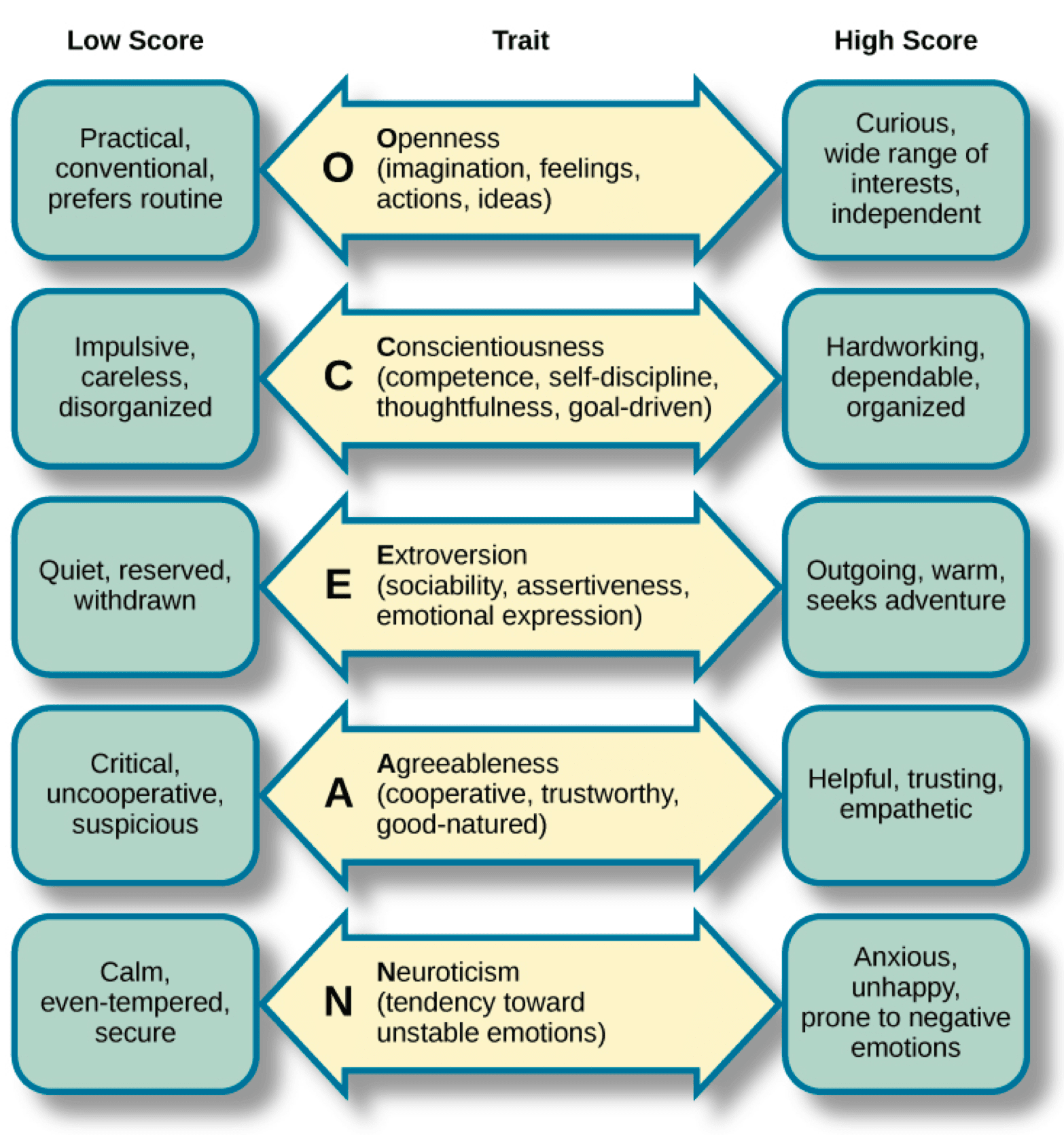
9.4 Self-concept, Self-esteem
- Self-concept
- self image, self consciousness
- understanding of unchanging characteristic
- social, physical, psychological
- Self-esteem
- extent accept or approve of self
- how much value self
- reaction of others,comparison with others, social roles, identification
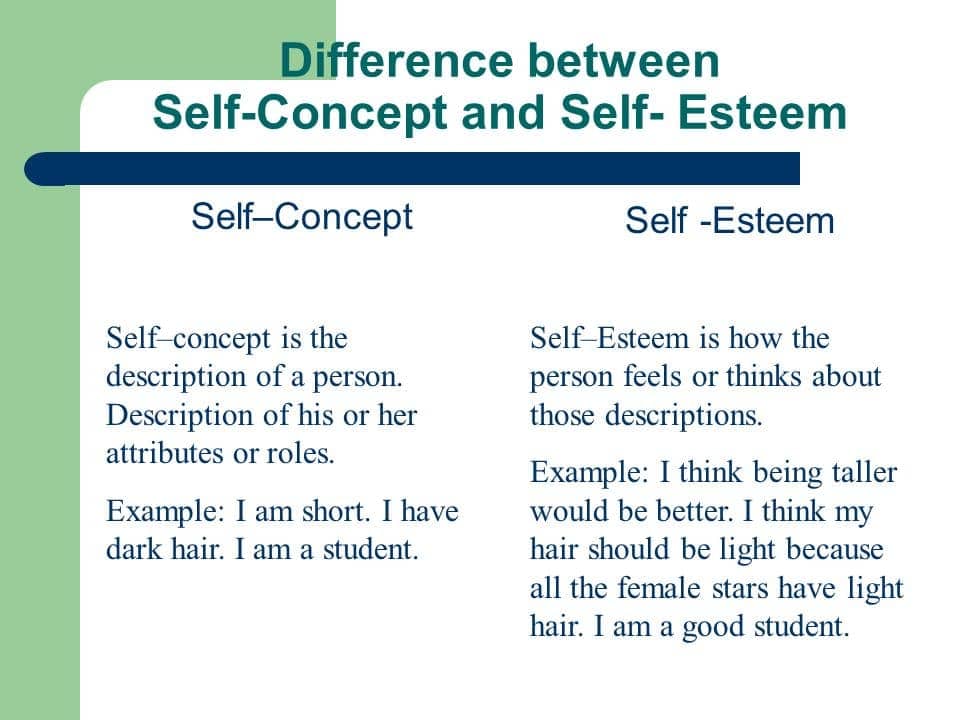
9.5 Research Methods: Idiographic, Nomothetic
- Idiographic approach
- focus on what makes us unique
- qualitative methods
- case studies
- informal interviews
- unstructured observation
- humanistic
- Nomothetic approach
- focus on what we share with others
- quantitative methods
- experiment
- correlation
- psychometric testing
- behaviorists, cognitive and biological
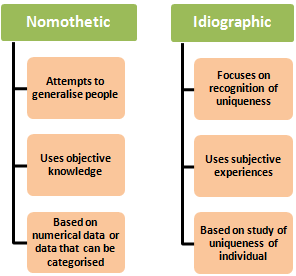
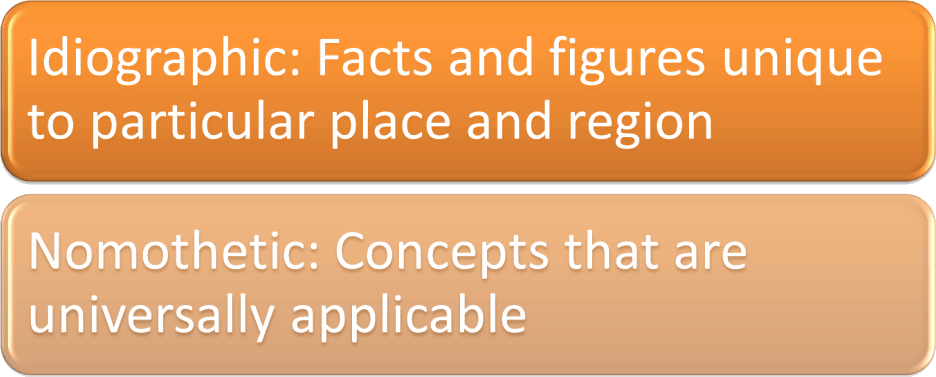
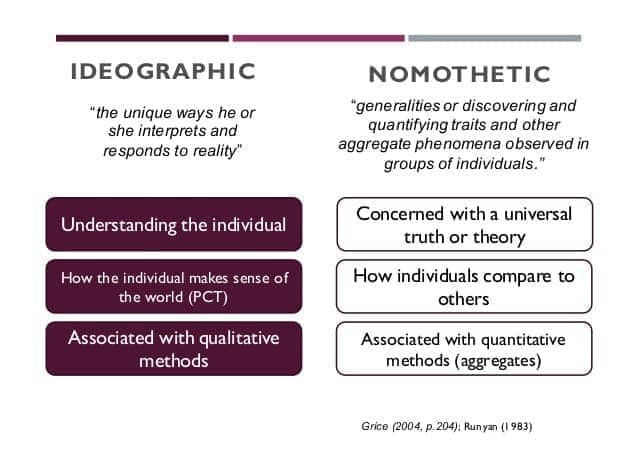
Quiz
- The use of projective tests is associated with which of the following psychological approaches?
- (A) Behaviorism
- (B) Psychoanalysis
- (C) Cognitive behaviorism
- (D) Humanism
- (E) Functionalism

- The key distinction between a personality trait and an attitude is
- (A) centrality
- (B) salience
- (C) durability
- (D) direction
- (E) valence
- An attribution that focuses on an individual’s ability or personality characteristics is described as
- (A) situational
- (B) collectivist
- (C) dispositional
- (D) stereotypic
- (E) homogeneous
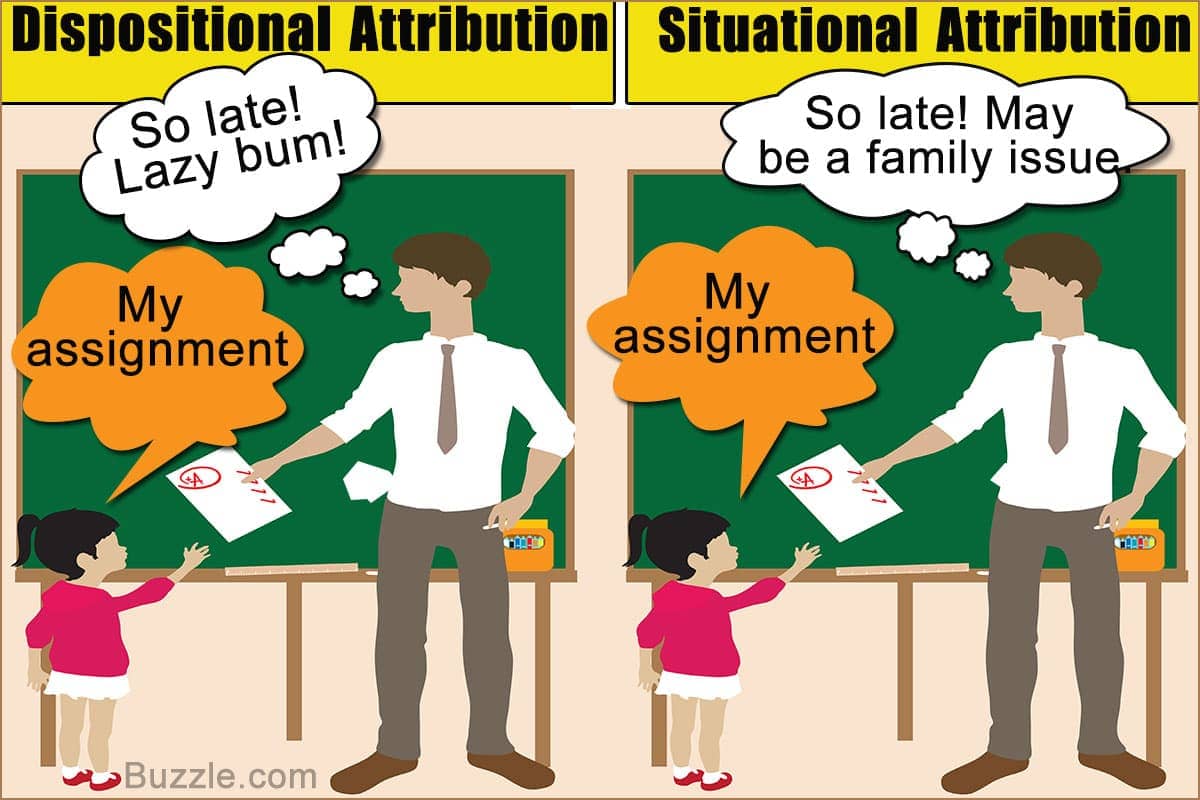
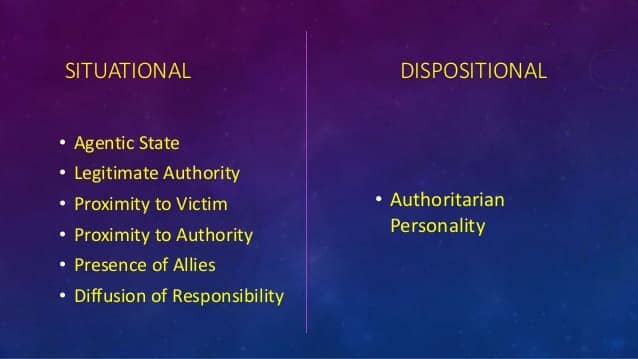
- The case study method of conducting research is justifiably criticized because
- (A) the researcher cannot focus on a specific individual
- (B) the researcher cannot collect detailed observations
- (C) the results are difficult to generalize to a larger population
- (D) it does not allow for the generation of hypotheses that can be tested in future experiments
- (E) it does not allow